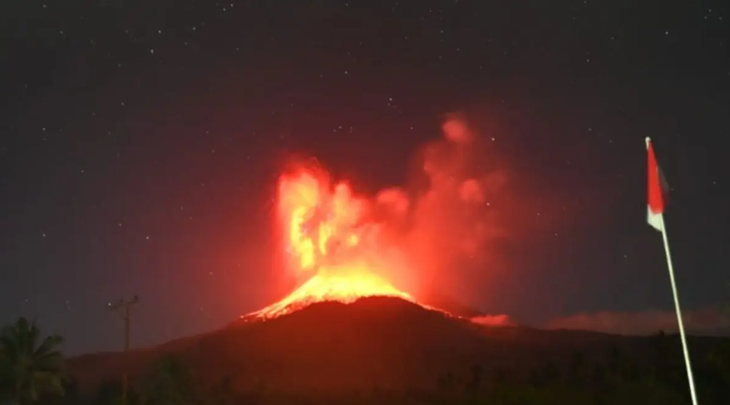
Lewotobi Laki-laki volcano eruption on the evening of August 1 - Photo: PVBGM
According to CNA, on the morning of August 2, the Lewotobi Laki Laki volcano - one of the most active volcanoes in Indonesia - erupted for the second consecutive day, creating a column of ash up to 18km high that covered many surrounding villages.
The Indonesian Geological Agency said ash and volcanic material, including hot pebbles the size of a thumb, were spewed up to 8km from the crater, affecting many villages and towns nearby, posing a serious threat to people's lives and health. Fortunately, there have been no reports of casualties.
Hot gas streams mixed with rock and lava also rushed down the mountainside at a furious pace, reaching within 5km of the crater. Authorities warned of the risk of mudslides if heavy rains occur, as volcanic ash flows down rivers.
The latest eruption took place early on August 2, just hours after the previous eruption on the evening of August 1, when ash rose 10km into the air, lava glowed and lightning lit up the night sky.
This is considered one of the strongest volcanic eruptions in Indonesia since 2010, when Mount Merap - the country's most active volcano - erupted on Java island, killing more than 350 people.
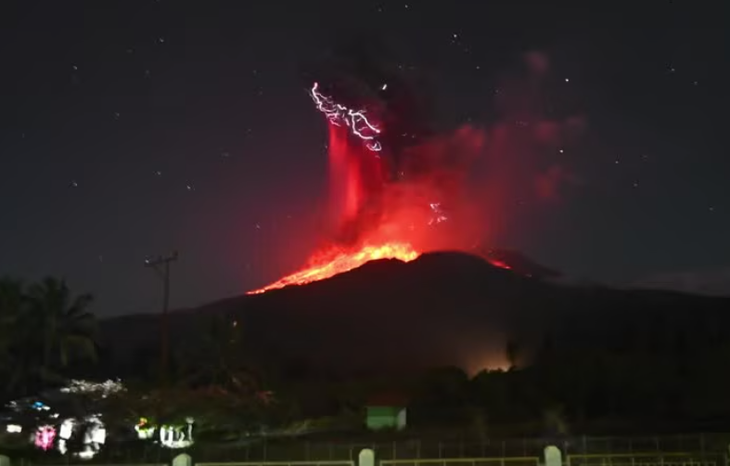
Lewotobi Laki-laki volcano is having its strongest eruption in nearly 15 years - Photo: PVMBG/REUTERS
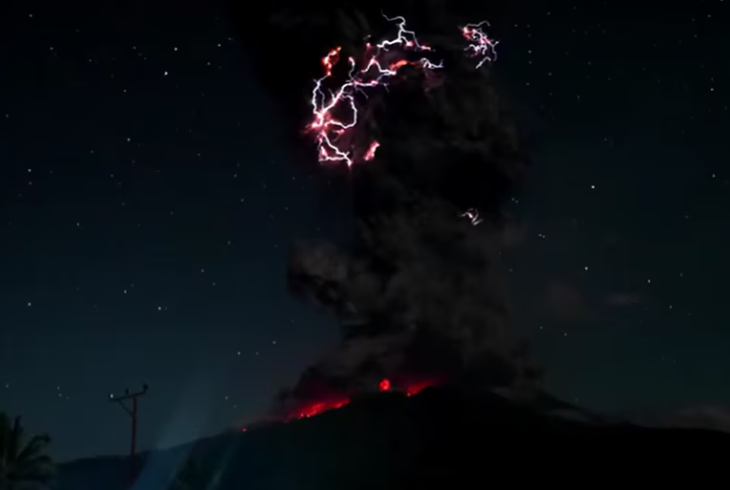
Lightning flashes above the volcano shortly after it erupted - Photo: PVMBG/REUTERS
Earlier on July 7, another eruption also disrupted a series of flights at Ngurah Rai airport in Bali.
Indonesia is a country located on the Pacific "Ring of Fire", where earthquakes and volcanoes frequently occur. The country has more than 120 active volcanoes nationwide.
Among them, the 1,584m high Lewotobi Laki-laki volcano, located on Flores island, is currently at its highest alert level since it began erupting on June 18.
The Indonesian government has expanded the exclusion zone to a 7km radius, and permanently evacuated thousands of people after a series of eruptions in November 2024 killed nine people and destroyed thousands of homes.
Source: https://tuoitre.vn/nui-lua-lewotobi-laki-laki-o-indonesia-phun-du-doi-cot-tro-bui-cao-toi-18km-20250802144935842.htm


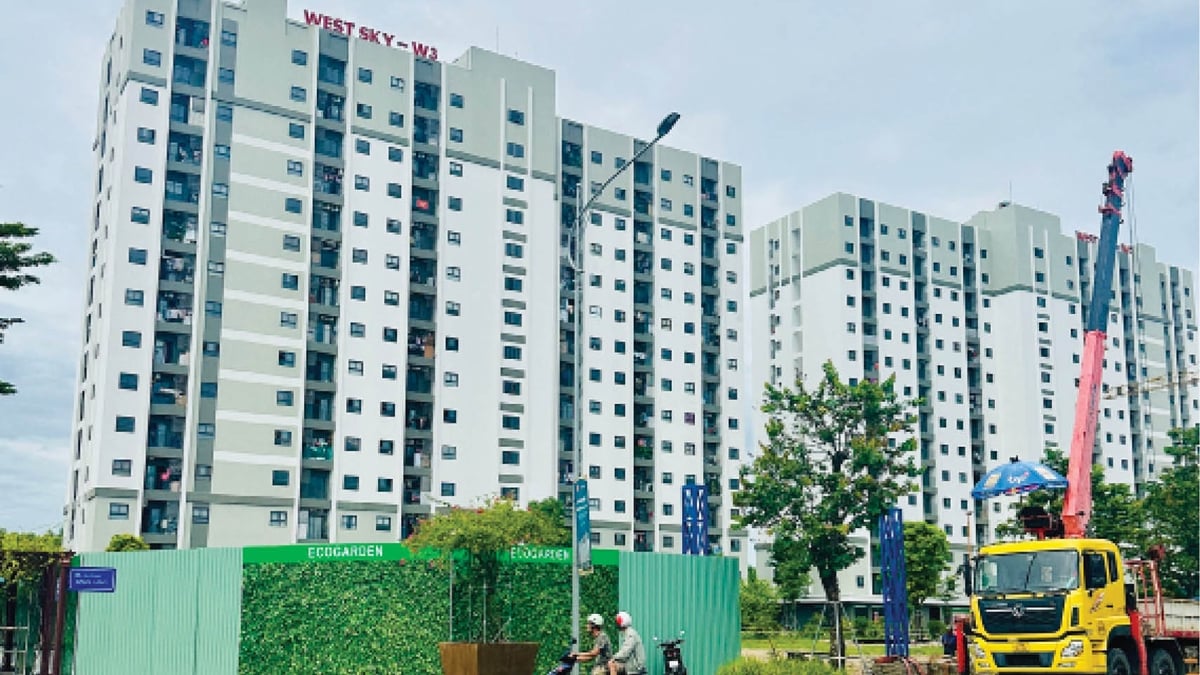

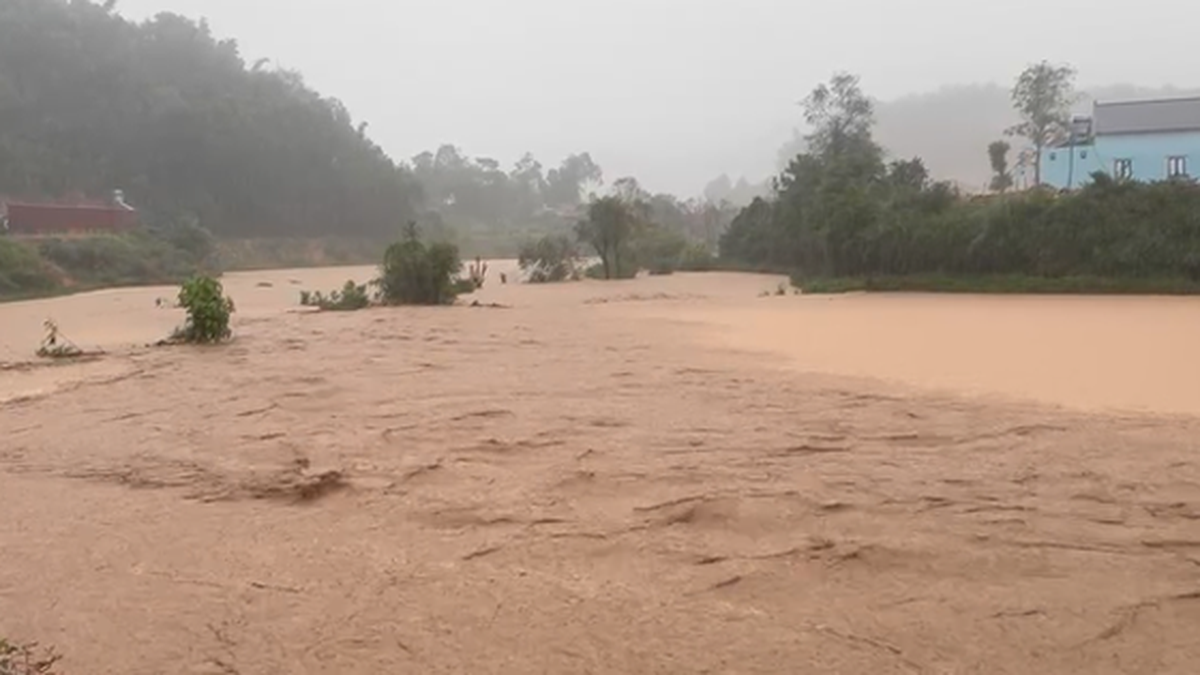





























































































Comment (0)